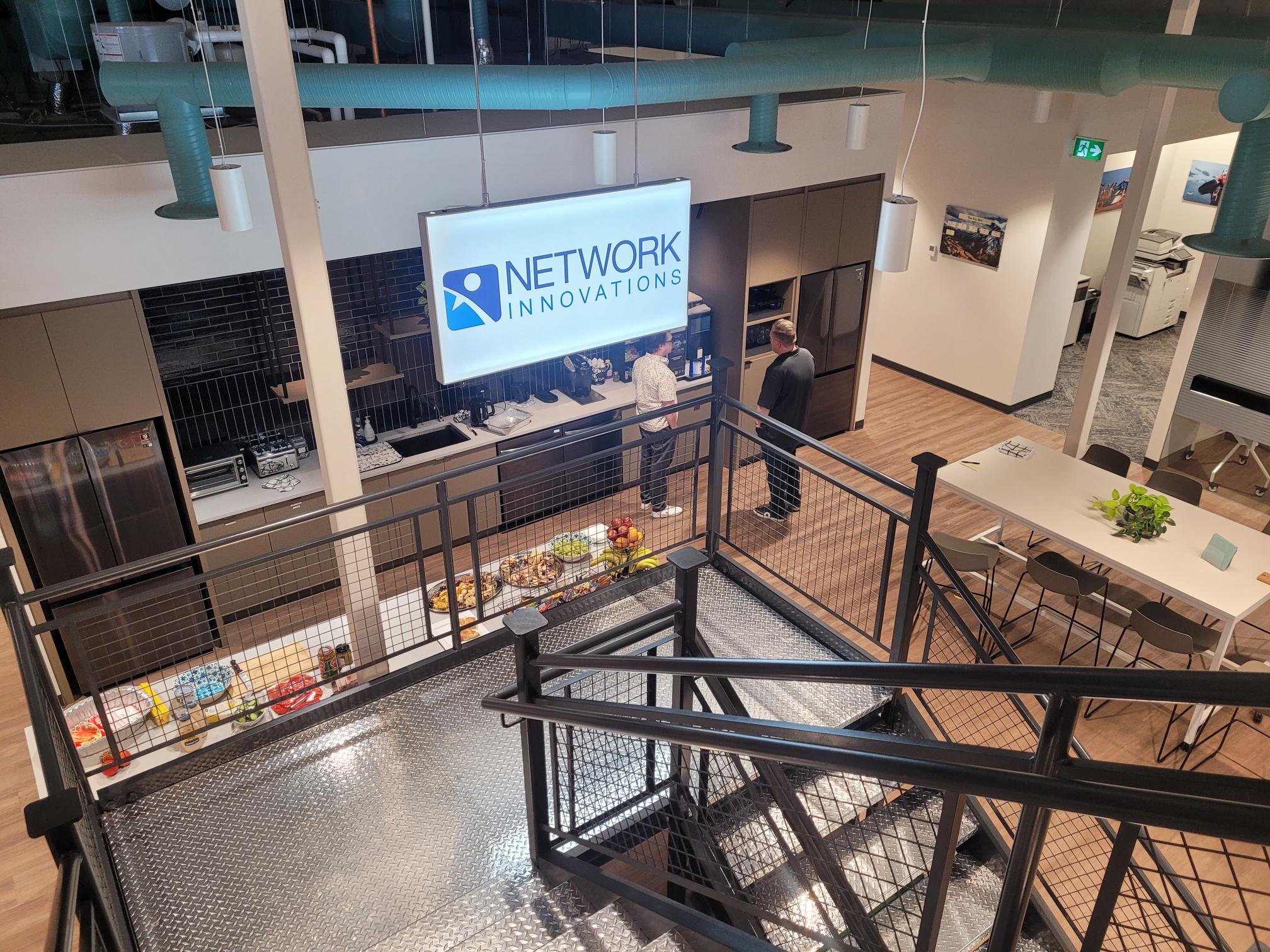TAMPA, Fla. — Canadian geostationary operator Telesat has sold off Infosat Communications, a remote satellite services specialist, to bolster finances as investments in its low Earth orbit (LEO) Lightspeed constellation ramp up.
Calgary, Canada-based connectivity integrator Network Innovations said Sept. 3 it acquired the company from Telesat for an undisclosed sum, expanding its team by about 20 people to more than 300 employees.
The announcement came weeks after Telesat CEO Dan Goldberg said the operator was considering raising proceeds in the region of 10 million Canadian dollars ($7.4 million) by selling a non-core business.
Goldberg also said Aug. 14 the operator expects to invest up to 1.4 billion Canadian dollars in Lightspeed this year, after investing nearly a quarter of that in the first half as MDA prepares to start building 198 broadband satellites for the constellation.
Telesat plans to cover around 46% of Lightspeed’s $3.5 billion cost via company equity and debt from an unnamed vendor. The rest is due to come from Canada’s federal government and the government of Quebec in deals Goldberg said Telesat is on the verge of completing.
Meanwhile, declines in Telesat’s geostationary business led to a 17% year-on-year drop in revenues to 305 million Canadian dollars for the first half of 2024. Adjusted EBITDA (earnings before interest, taxes, depreciation and amortization) fell 23% to 214 million Canadian dollars.
More tools for connectivity distributor
Calgary-based Infosat Communications was created more than 25 years ago with a focus on distributing satellite connectivity to oil and gas, utility and maritime customers in North America, particularly in Canada.
Derek Dawson, co-CEO of Network Innovations, said the acquisition will greatly expand the company’s customer base in Canada, where only 6% of its business came from previously.
Network Innovations specializes in providing connectivity integration services in challenging environments and for customers requiring extra resiliency, such as emergency services.
The company provides connectivity from terrestrial networks and from satellites via partnerships with operators, including Starlink and OneWeb, which are set to compete with Lightspeed once Telesat’s network is slated to come online in 2027.
More than half of Network Innovations’ customers are in the United States, followed by Europe and Asia.
In 2017, Network Innovations also acquired Able Communications, a Houston-based satellite communications provider primarily serving oil and gas customers, from Telesat.
“With all the disruption that’s happening in the industry from new business models and technologies, customers have way too many choices and have a difficult time navigating … how we might as an industry help them achieve what they want,” Dawson said.
“For smaller companies, they don’t necessarily have the resources or the access to the technology that can best benefit their customers over the long term — and so that’s where guys like us come in.”
Infosat is also strategically important for Network Innovations because, along with customer relationships, it comes with “a number of people that are hard to find in the industry,” he added.
“And that just helps to bolster our total set of capabilities that we can bring to the market, whether that’s their customers or our customers.”
Although most of Infosat’s assets were transferred to Network Innovations Sept. 1 following an initial round of regulatory approvals for the transaction, Dawson said the companies are still waiting for the green light to transfer certain communications licenses.
Related
Read the original article here
